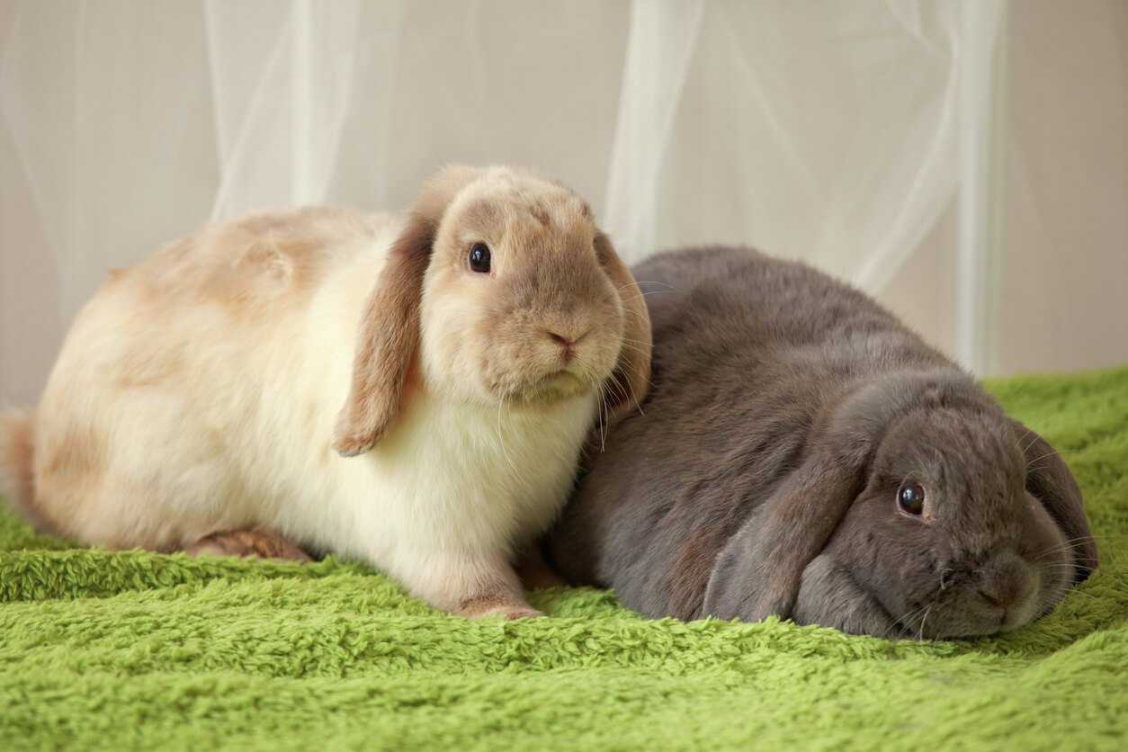Why Rabbits Should Be Kept Indoors
The Benefits of Keeping Rabbits Indoors
Rabbits are delightful and popular pets known for their fluffy fur and playful nature. While traditionally kept outdoors in hutches, more and more owners are realizing the benefits of bringing their rabbits indoors. There are numerous advantages to keeping rabbits indoors, both for the well-being of the rabbits themselves and for the convenience and enjoyment of their owners.

1. Safety
Indoor rabbits are protected from various dangers and risks that are present outdoors. They are shielded from extreme weather conditions such as excessive heat or cold, heavy rain, or strong winds. Indoor rabbits are also less likely to fall victim to predators such as foxes, dogs, or birds of prey.
2. Health
Rabbits are sensitive animals, and indoor living provides a more controlled environment that promotes better health. By keeping rabbits indoors, owners can regulate the temperature, humidity, and lighting conditions, which is particularly crucial for breeds with specific requirements. Indoor rabbits are also less prone to contracting diseases transmitted by wild animals or insects.
3. Bonding and Socialization
When rabbits are kept indoors, they have more opportunities for social interaction with their owners. Rabbits are social creatures that enjoy companionship, and by living indoors, they become more integrated into the family dynamics. This increased human contact helps build a strong bond between rabbits and their owners, leading to happier and more content animals.
4. Reduced Loneliness
Indoor rabbits are less likely to experience loneliness or boredom, as they are constantly surrounded by humans and other household pets. Rabbits are intelligent animals that require mental stimulation and social engagement. By keeping them indoors, owners can ensure that their rabbits receive the attention and interaction they need for their overall well-being.
Creating a Safe Indoor Environment for Rabbits
When bringing rabbits indoors, it is important to create a safe and comfortable environment tailored to their specific needs. Here are some guidelines to follow:
1. Provide Sufficient Space
- Ensure that your rabbits have enough space to hop, stretch, and stand on their hind legs.
- Consider using a playpen or a designated rabbit-proofed area within your home.
- Avoid confining them to small cages for long periods, as this can lead to physical and psychological issues.
2. Bunny-Proof Your Home
- Remove or secure any potential hazards such as electrical cords, toxic plants, or small objects that rabbits may chew on or ingest.
- Block access to areas where rabbits may get stuck, like narrow gaps or underneath furniture.
- Protect your furniture and carpets by providing appropriate chewing alternatives, such as hay or chew toys.
3. Provide a Suitable Litter Box
Rabbits can be litter trained, making it easier to keep them indoors. Here’s how to set up a litter box:
- Place a litter box filled with rabbit-safe litter in the corner of their living area.
- Regularly clean the litter box to maintain hygiene and prevent unpleasant odors.
- Use positive reinforcement and rewards to encourage your rabbits to use the litter box consistently.
4. Offer Enrichment Activities
Keeping rabbits entertained and mentally stimulated is essential for their well-being. Here are some enrichment ideas:
- Provide plenty of toys, tunnels, and interactive puzzles for your rabbits to explore and play with.
- Rotate toys regularly to prevent boredom.
- Allow supervised, safe access to outdoor spaces like enclosed gardens or grassy areas to cater to their natural instincts.
Frequently Asked Questions (FAQs)
1. Can all rabbit breeds be kept indoors?
Yes, all rabbit breeds can be kept indoors. However, some breeds may require more space or have specific environmental needs. It is essential to research the particular breed of rabbit you own to ensure their indoor environment meets their requirements.
2. How do I prevent my rabbit from chewing on furniture and wires?
Providing appropriate chewing alternatives, such as hay or chew toys, can help redirect your rabbit’s chewing behavior. Additionally, blocking access to areas with electrical cords or furniture legs can prevent damage and keep your rabbit safe.
3. Can rabbits be litter trained?
Yes, rabbits can be litter trained. With patience and consistent reinforcement, rabbits can learn to use a litter box just like cats. It is important to provide a suitable litter box filled with rabbit-safe litter and clean it regularly to encourage proper litter box usage.
4. How can I ensure my indoor rabbit stays physically active?
To ensure your indoor rabbit stays physically active, provide them with ample space to move around, hop, and stretch. Additionally, offering toys, tunnels, and interactive puzzles can keep them entertained and encourage exercise. Supervised access to outdoor spaces can also provide opportunities for physical activity.
Related Articles…
Copyright Notice:
This website utilizes images found online, all copyrights are retained by their original owners. If you would like an image removed, kindly contact us.